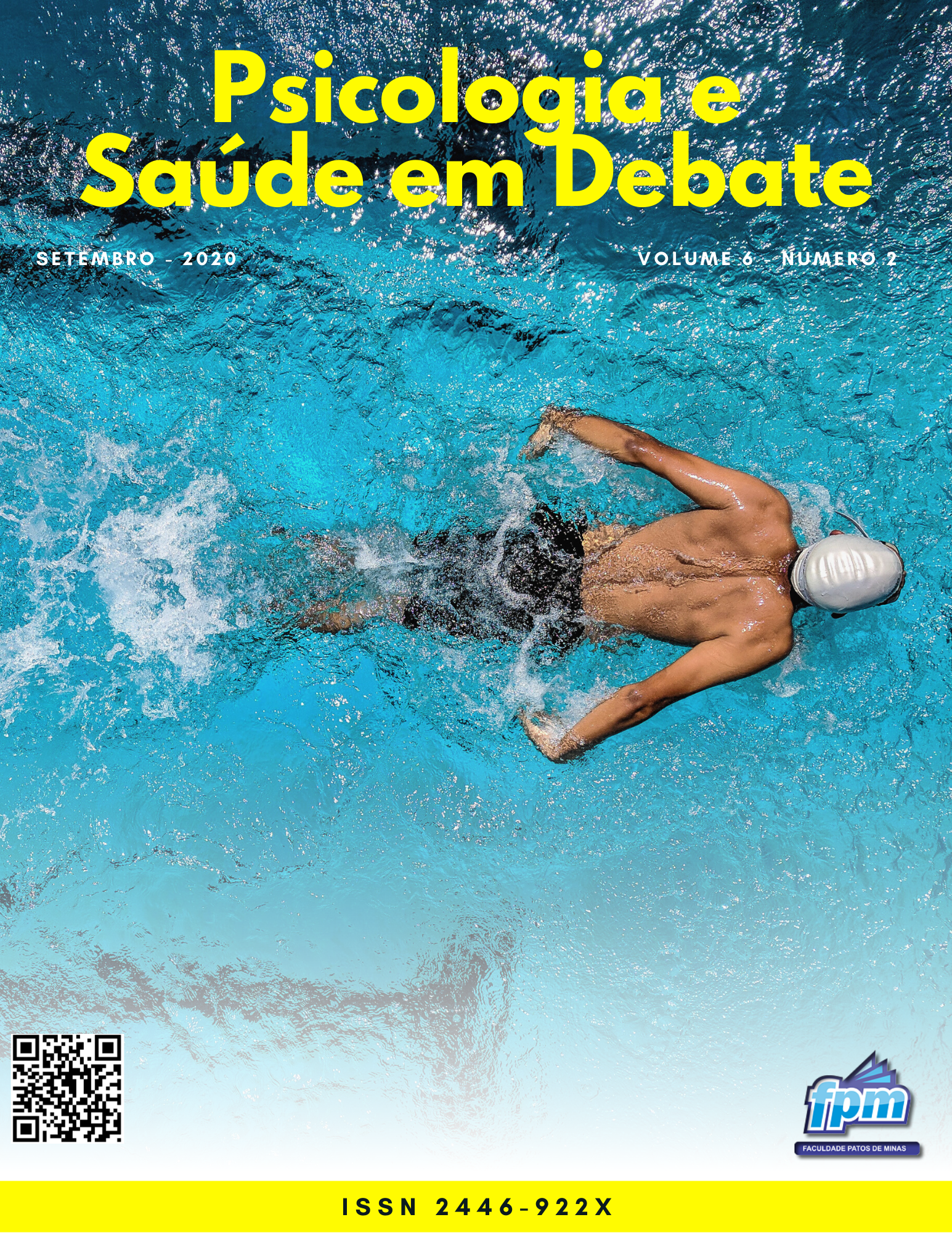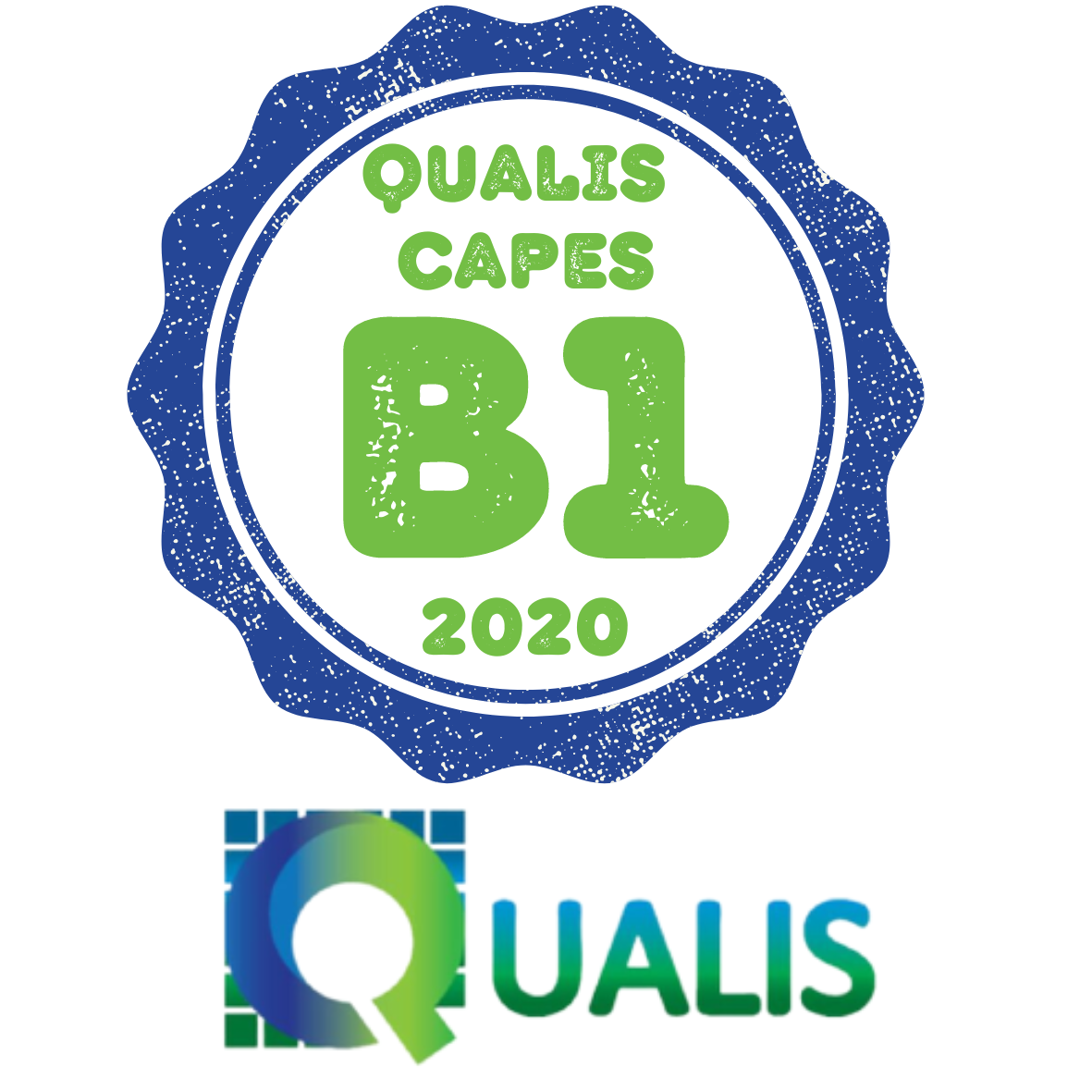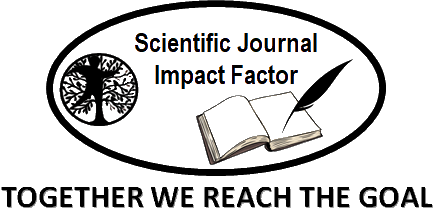STRESS IN A PUBLIC ORGANIZATION OF THE HIGHER EDUCATION OF MINAS GERAIS
DOI:
https://doi.org/10.22289/2446-922X.V6N2A19Keywords:
Stress, Lack of motivation., Personal Management Politics, Professional GrowthAbstract
The general objective of this study was to analyze and compare the stress in a public higher education organization of Minas Gerais in two years. The organization object of this study is a public organization, focused on teaching, research and extension, located in Belo Horizonte - Minas Gerais. The methodology used here was qualitative and quantitative. It was observed that there was a reduction in the means, when the years 2016 and 2018 were compared, suggesting that there was a significant disagreement between the data from 2016 and 2018. Thus, it was concluded that the The evolution of stress in a public institution is increasing, some of the possibilities that can be taken into account is lack of motivation, frozen wages for several years, and may also feel devalued as to professional growth, as many of those involved seek professional development and better wages.
Downloads
References
Almeida, D. M., Lopes, L. F. D., Costa, V. M. F., & Santos, R. C. T. D. (2018). Policiais Militares do Estado do RS: Relação entre Satisfação no Trabalho e Estresse Ocupacional. Administração Pública e Gestão Social, 10(1), 55-65. http://dx.doi.org/10.21118/apgs.v10i1.1366
Andrade, V. L. P., & Pérez-nebra, A. R. (2017). Suporte Social e Estresse no Trabalho: uma Análise com Métodos Mistos. Contabilidade, Gestão e Governança, 20(3), 442-462. http://dx.doi.org/10.21714/1984-3925_2017v20n3a7
Benevides-Pereira, A. M. T.; Yamashita, D. & Takahashi, R. M. (2010). E os educadores, como estão? REMPEC - Ensino, Saúde e Ambiente, Rio de Janeiro, 3 (3), 151-170. https://doi.org/10.22409/resa2010.v3i3.a21132
Buskirk, T.D.; Willoughby, L.M.; Tomazic, T.T. (2014). Nonparametric Statistical Techniques. In: Little, Todd D. The Oxford Handbook of Quantitative Methods in Psychology: Oxford University Press. 2014.
Calvetti, P.Ü. (2017). Níveis de ansiedade, estresse percebido e suporte social em pessoas que vivem com HIV. Psicologia: Teoria e Pesquisa, 32(4). https://doi.org/10.1590/0102.3772e324317.
Cooper, C. et al. (1988). Occupational Stress indicator: test souces of pressure in job. England: Windsor.
Daniel, J.L., (2015). Workplace spirituality and stress: evidence from Mexico and US, Management Research Review, 38 (1) 29 – 43. http://dx.doi.org/10.1108/MRR-07-2013-0169.
Daskin, M. & Surucu, O.A. (2016), The role of polychronicity and intrinsic motivation as personality traits on frontline employees’ job outcomes: An empirical study from Malaysia, Asia-Pacific Journal of Business Administration, 8 (2), 177-196. https://doi.org/10.1108/APJBA-10-2015-0088.
Denzin, N.K. & Lincoln, Y.S. (2006). Planejamento da pesquisa qualitativa: teorias e abordagens. Porto Alegre: Artmed.
Felix, D. B., Machado, D. Q., & Sousa, E. F. (2017). Análise dos Níveis de Estresse no Ambiente Hospitalar: Um Estudo com Profissionais da Área de Enfermagem. Revista de Carreiras e Pessoas, 7(2), 530-543. http://dx.doi.org/10.20503/recape.v7i2.32749.
Guadagno, M.B.P. & Cassematis, P. (2013). Workplace stressors for investigative interviewers of child-abuse victims. International Journal of Police Strategies & Management, 36 (3), 512-525. Http://dx.doi.org/10.1108/PIJPSM-05-2012-0039.
Jex, S.M.; Swanson, N. & Grubb, P. (2013). Healthy workplaces. In: I. B. Weiner, N. W. Schmitt & S. Highhouse (Eds.). Handbook of Psychology: Industrial and Organizational Psychology (Vol. 12, 2nd ed., pp. 615-642). New Jersey, USA: John Wiley & Sons.
Låstad, L., Vander Elst, T. & De Witte, H. (2016), On the reciprocal relationship between individual job insecurity and job insecurity climate, Career Development International, Vol. 21 No. 3, pp. 246-261. https://doi.org/10.1108/CDI-03-2015-0046
Li, M. (2016). A review of employee innovative behavior in services. University of Otago.
Lokke, A. & Madsen, H. (2014). Public sector managers and work stress. International Journal of Workplace Health Management. 7 (2), 105-120. https://doi.org/10.1108/IJWHM-03-2013-0009.
Marzano, L. & Adler, J.R. (2007). Supporting staff working with prisoners who self‐harm: A survey of support services for staff dealing with self‐harm in prisons in England and Wales, International Journal of Prisoner Health, 3 (4), 268-282. https://doi.org/10.1080/17449200701682501.
Ming-Chu, Yu, & Lee, M.-H. (2018), "Multilevel moderation analysis of change perception on change commitment", Journal of Organizational Change Management, Vol. 31 No. 2, pp. 371-384. https://doi.org/10.1108/JOCM-01-2017-0006.
Moeller, C. & Chung‐Yan, G.A. (2013). Effects of social support on professors’ work stress, International Journal of Educational Management, 27 (3), 188-202. https://doi.org/10.1108/09513541311306431.
Pidd K, Kostadinov V & Roche A. (2016). Do workplace policies work? An examination of the relationship between alcohol and other drug policies and workers' substance use. Int J Drug Policy.28,48-54. https://doi.org/10.1016/j.drugpo.2015.08.017.
Rauschenbach, C., Krumm, S., Thielgen, M. & Hertel, G. (2013), Age and work-related stress: a review and meta-analysis, Journal of Managerial Psychology, Vol. 28 No. 7/8, pp. 781-804. https://doi.org/10.1108/JMP-07-2013-0251
Robertson, I.T.; Cooper, C.L.; Willians, J. (1990). The validity of the occupational stress indicator. Work and Stress, 4(1), 29-39. https://doi.org/10.1080/02678379008256962.
Sonnentag, S.; Frese, M. (2013). Stress in organizations. In I. B. Weiner, N. W. Schmitt & S. Highhouse (Eds.). Handbook of psychology, industrial and organizational psychology (Vol. 12,2nd, pp. 560-592). New Jersey, USA: John Wiley & Sons.
Swan, J.A., Moraes, L.F.R.; Cooper, C.L. (1993). Developing the occupational stress indicator (OSI) for use in Brazil: A report on the reliability and validity of the translated OSI. Stress Medicine, 9, 247-453. https://doi.org/10.1002/smi.2460090407.
Tabosa, M. P. O. (2018). Estresse Ocupacional: Análise do Ambiente Laboral de uma Cooperativa de Médicos de Pernambuco. Revista de Carreiras e Pessoas, 8(2), 282-303. http://dx.doi.org/10.20503/recape.v8i2.35197.
Triviños, A. (1987). Introdução à pesquisa em ciências sociais: a pesquisa qualitativa em educação. São Paulo: Atlas.
Vergara, S.C. (2014). Projetos e relatórios de pesquisa em administração. São Paulo: Atlas.
Yadav, M. & Naim, M.F. (2017). Searching for quality in the Quality of work life: an Indian power sector perspective, Industrial and Commercial Training, 49 (4), 164-174. https://doi.org/10.1108/ICT-01-2017-0003.
Downloads
Published
How to Cite
Issue
Section
License
Copyright (c) 2020 Psicologia e Saúde em debate

This work is licensed under a Creative Commons Attribution-NonCommercial-NoDerivatives 4.0 International License.
The authors declare that they participated in the elaboration of the manuscript in question, and that the cited manuscript is original and has not been previously published in part or in whole and that no other similar manuscript under their authorship is published or under analysis by another journal, whether printed or electronic. They further declare that they have not violated or infringed upon any copyright or other proprietary rights of other persons, and that all quotations in the text are true facts or based on research of considerable scientific accuracy. The authors undertake, when requested, to provide information to the editors regarding the data in this manuscript.
The magazine follows the Creative Commons standard (BY NC ND), which allows the remix, adaptation and creation of works derived from the original, even for commercial purposes. New works must contain mention of the author(s) in the credits. The site uses Open Journal Systems, a free open source system for managing and publishing journals developed with support and distribution by the Public Knowledge Project under the GNU General Public License.
































